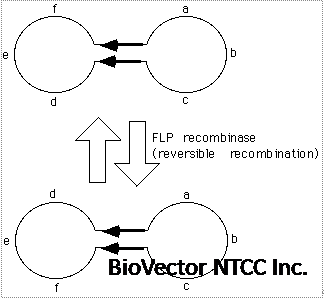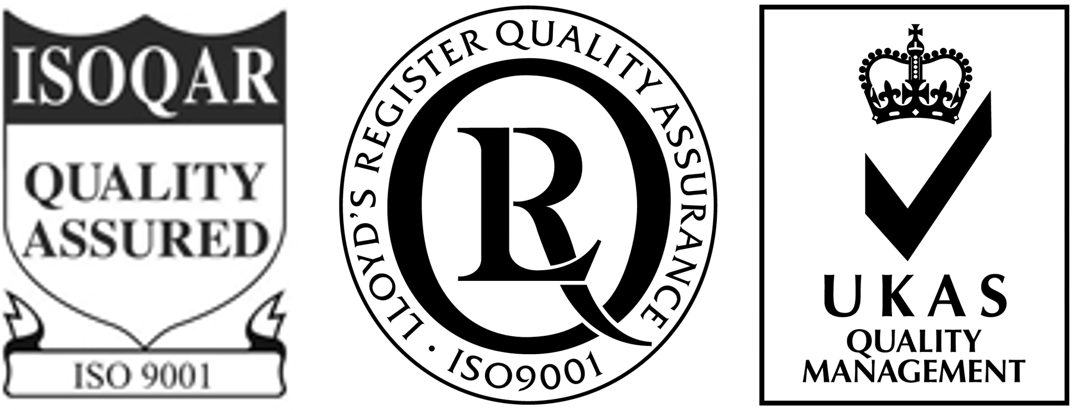Plasmids in eukaryotic microbes: an example酵母载体功能示例
- 价 格:¥0
- 货 号:Plasmids in eukaryotic microbes: an example酵母载体功能示例
- 产 地:北京
- BioVector NTCC典型培养物保藏中心
- 联系人:Dr.Xu, Biovector NTCC Inc.
电话:400-800-2947 工作QQ:1843439339 (微信同号)
邮件:Biovector@163.com
手机:18901268599
地址:北京
- 已注册
Plasmids in eukaryotic microbes: an example
Plasmids are not limited to bacteria. For example, some plasmids have been extensively studied in yeast and developed into yeast cloning vectors. These plasmids have also been used as "symple systems" to understand the mechanism and control of DNA replication in eukaryotic cells.
One interesting yeast plasmid is called the 2u circle. The 2u circle is a 6.3 kb circular, extrachromosomal element found in the nucleus of most Saccharomyces cerevisiae strains. The 2u circle doesn't give cells that carry it any apparent selective advantage, but it is stably maintained at about 50 to 100 copies per haploid genome of the yeast cells. Like the host chromosomes, the 2u circle is coated with nucleosomes and replication is initiated by host replication enzymes once per cell cycle. The origin of bidirectional DNA replication is initiated at a specific site on the plasmid called an ARS sequence ("autonomous replication sequence").

A cartoon of the yeast 2 u circle showing the ARS, the FLP gene, the three genes which encode proteins required for regulation of FLP expression (REP2, REP1, and D), and a set of small direct repeats (called "STB") required for partitioning into daughter cells during mitosis and meiosis.
The high copy number of the 2u circle poses a problem because in eukaryotic cells DNA replication is only initiated once per cell cycle. Once initiated, bidirectional replication continues until the two replication forks collide on the opposite side of the circular plasmid. Since DNA replication is only initiated once per cell cycle and each time DNA replication is initiated only two plasmid molecules would be produced, how could the 2u circle accumulate 50-100 copies per cell?
To solve this problem, the 2u circle has a site-directed inversion mechanism that allows plasmid amplification. The 2u circle has two copies of a 599 bp inverted repeat sequence (called "flip" sites) and encodes a site-directed recombinase called FLP (the "flip" protein) that promotes recombination between these repeats. Recombination between the flip sequences inverts the adjacent regions of the plasmid as shown in the figure below. (The inversion is easier to visualize if you draw a crossover between the inverted repeats indicated by the arrows and follow the DNA strands with your pencil.)

This inversion allows the plasmid to switch from bidirectional-replication to rolling circle replication, producing multiple copies of the plasmid each cell cycle. The origin of replication is located very close to one of the flip sites, so one replication fork will pass through the adjacent flip soon after replication has begun, but the second replication fork has to travel half way around the plasmid before it passes through the other flip site. After one of the bidirectional DNA replication forks has passed the first flip site but before the replicating fork reaches the second flip site, recombination inverts the intervening sequence -- after this inversion, both of the DNA replication forks will be moving in the same direction. (This isn't easy to visualize -- try drawing it out!) Continued replication produces long concatemers which can be converted to monomeric plasmids by site-specific recombination. Replication is finally terminated when when a second inversion occurs between the flip sites, causing the replication forks to collide. The end result is that many plasmid molecules are produced from a single initiation of DNA replication.
How is the copy number of the 2u circle regulated? Three plasmid encoded proteins (REP1, REP2, and D) modulate the plasmid copy number by repressing expression of FLP protein. The concentration of the repressor proteins is proportional to copy number of the 2u circle. Thus, when the plasmid copy number is high, expression of FLP is repressed, but when the plasmid copy number is low, expression of FLP is induced. (Note that the control of plasmid copy number in bacteria is usually regulated by modulating the initiation of DNA replication, but in contrast the yeast 2u circle controls plasmid copy number by regulating a protein which affects amplification of the plasmid.)
This mechanism for controlling plasmid copy number is not unique to the yeast 2u circle. A plasmid in the algae Chlamydomomas also seems to use a similar mechanism for accumulating many copies per cell.
您正在向 biovector.net 发送关于产品 Plasmids in eukaryotic microbes: an example酵母载体功能示例 的询问
- 公告/新闻



 免费订购电话: 400-800-2947
免费订购电话: 400-800-2947